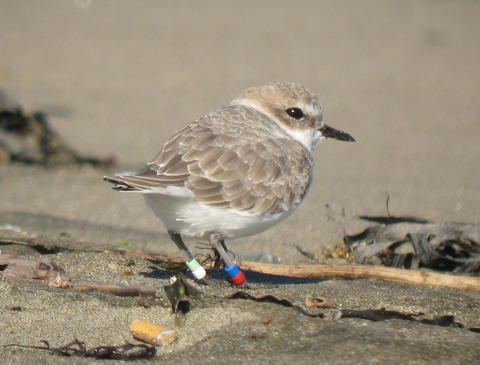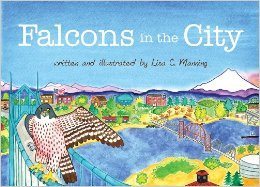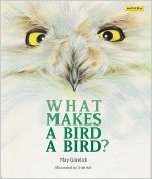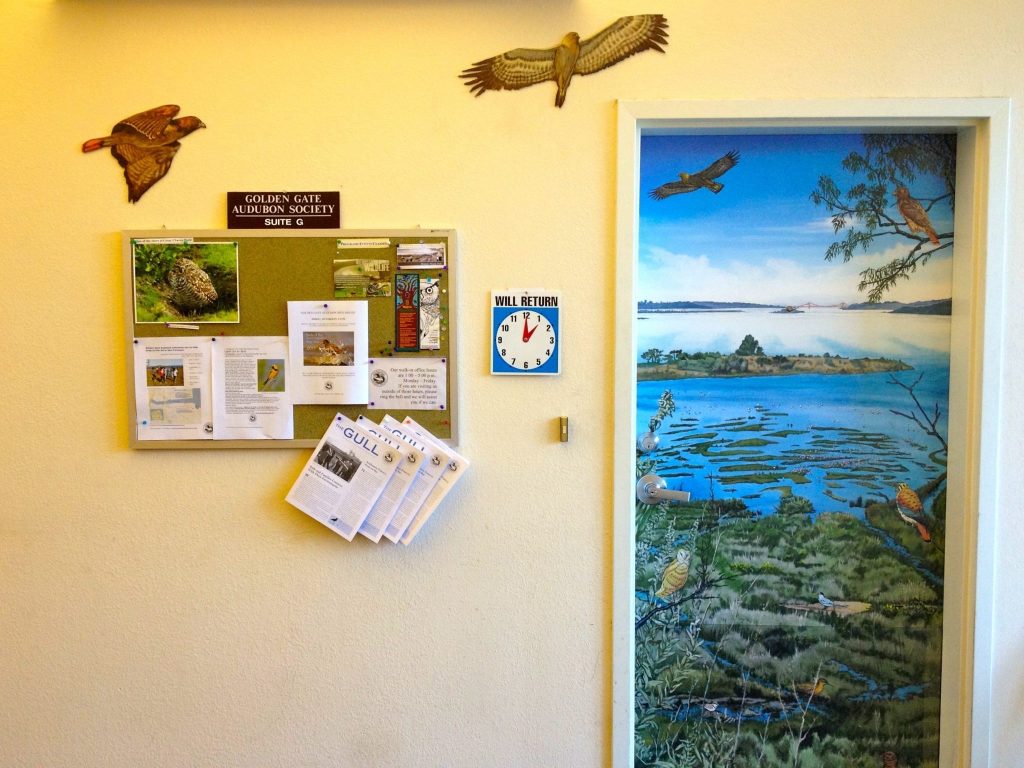Speak up for wildlife in the GGNRA
By Ilana DeBare
Golden Gate National Recreation Area is a national treasure, some 80,000 acres of wild coastland in the middle of our very urban San Francisco Bay Area.
It is also the center of a political battle – between uncompromising dog advocates and people who believe the GGNRA should balance the interests of wildlife, dog owners, and visitors who want a dog-free nature experience.
The National Park Service is currently undertaking a long-overdue process of updating its GGNRA dog management policies to provide a more balanced approach.
Golden Gate Bird Alliance supports the proposed new policies as an improvement over the status quo, where a combination of outmoded rules and lax enforcement allows dogs to run uncontrolled through important wildlife areas like Ocean Beach and Crissy Field.
But San Francisco dog activists are mounting a loud, emotional campaign against the new policies, which they call a “plan to get rid of people with dogs” and an “attack on all recreational use and access on GGNRA land.”
If you care about wildlife and a healthy balance of uses within the GGNRA, the National Park Service needs to hear from you.
The Park Service is accepting comments until February 18h. Click here to file a comment online.
 Crissy Lagoon at the GGNRA, which provides year-round habitat for birds / Photo by David Assmann
Crissy Lagoon at the GGNRA, which provides year-round habitat for birds / Photo by David Assmann
Background
The roots of the dog conflict go back to the formation of the GGNRA in 1972. The new national park was formed from a variety of public and private lands, all of which had different policies about dogs. As a result, GGNRA became the ONLY national park in the country to allow unleashed dogs.
The hodge-podge of grandfathered-in rules continued until 1979 when the National Park Service adopted a Pet Policy aimed at governing where dogs were allowed, both on-leash and off-leash.
But the 1979 policy was quickly overwhelmed as the Bay Area’s population grew and the number of visitors – both with and without dogs – skyrocketed.
Some parts of the GGNRA became so thick with dogs that they were essentially giant dog runs. Off-leash dogs threatened the colonies of endangered Western Snowy Plovers at Ocean Beach and Crissy Field. Park staff spent more and more time managing conflicts between dogs and people, dogs and wildlife, and among dogs themselves.
 Western Snowy Plover resting in the dunes at Crissy Field / Photo by Matt Zlatunich
Western Snowy Plover resting in the dunes at Crissy Field / Photo by Matt Zlatunich
In 2008, the NPS filed almost 900 pages of Criminal Incident Records involving dogs in the GGNRA, many of which involved dogs chasing and harassing wildlife.…














